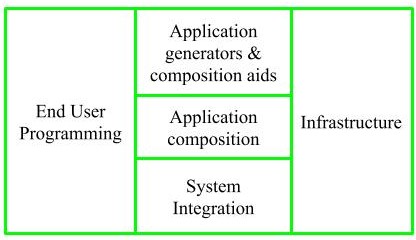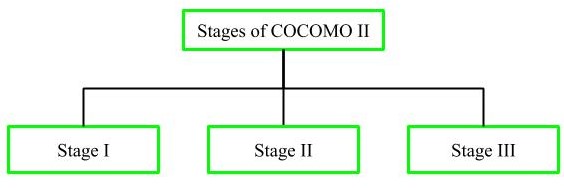COCOMO Model-Software Engineering
Last Updated :
02 Jan, 2024
COCOMO-II is the revised version of the original Cocomo (Constructive Cost Model) and was developed at the University of Southern California. It is the model that allows one to estimate the cost, effort, and schedule when planning a new software development activity.
Sub-Models of COCOMO Model

COCOMO Sub-models
1. End User Programming
Application generators are used in this sub-model. End user write the code by using these application generators. For Example, Spreadsheets, report generator, etc.
2. Intermediate Sector

COCOMO Intermediate Sector
- Application Generators and Composition Aids: This category will create largely prepackaged capabilities for user programming. Their product will have many reusable components. Typical firms operating in this sector are Microsoft, Lotus, Oracle, IBM, Borland, Novell.
- Application Composition Sector: This category is too diversified and to be handled by prepackaged solutions. It includes GUI, Databases, domain specific components such as financial, medical or industrial process control packages.
- System Integration: This category deals with large scale and highly embedded systems.
3. Infrastructure Sector
This category provides infrastructure for the software development like Operating System, Database Management System, User Interface Management System, Networking System, etc.
Stages of COCOMO II

Stages of COCOMO
1. Stage-I
It supports estimation of prototyping. For this it uses Application Composition Estimation Model. This model is used for the prototyping stage of application generator and system integration.
2. Stage-II
It supports estimation in the early design stage of the project, when we less know about it. For this it uses Early Design Estimation Model. This model is used in early design stage of application generators, infrastructure, system integration.
3. Stage-III
It supports estimation in the post architecture stage of a project. For this it uses Post Architecture Estimation Model. This model is used after the completion of the detailed architecture of application generator, infrastructure, system integration.
Like Article
Suggest improvement
Share your thoughts in the comments
Please Login to comment...